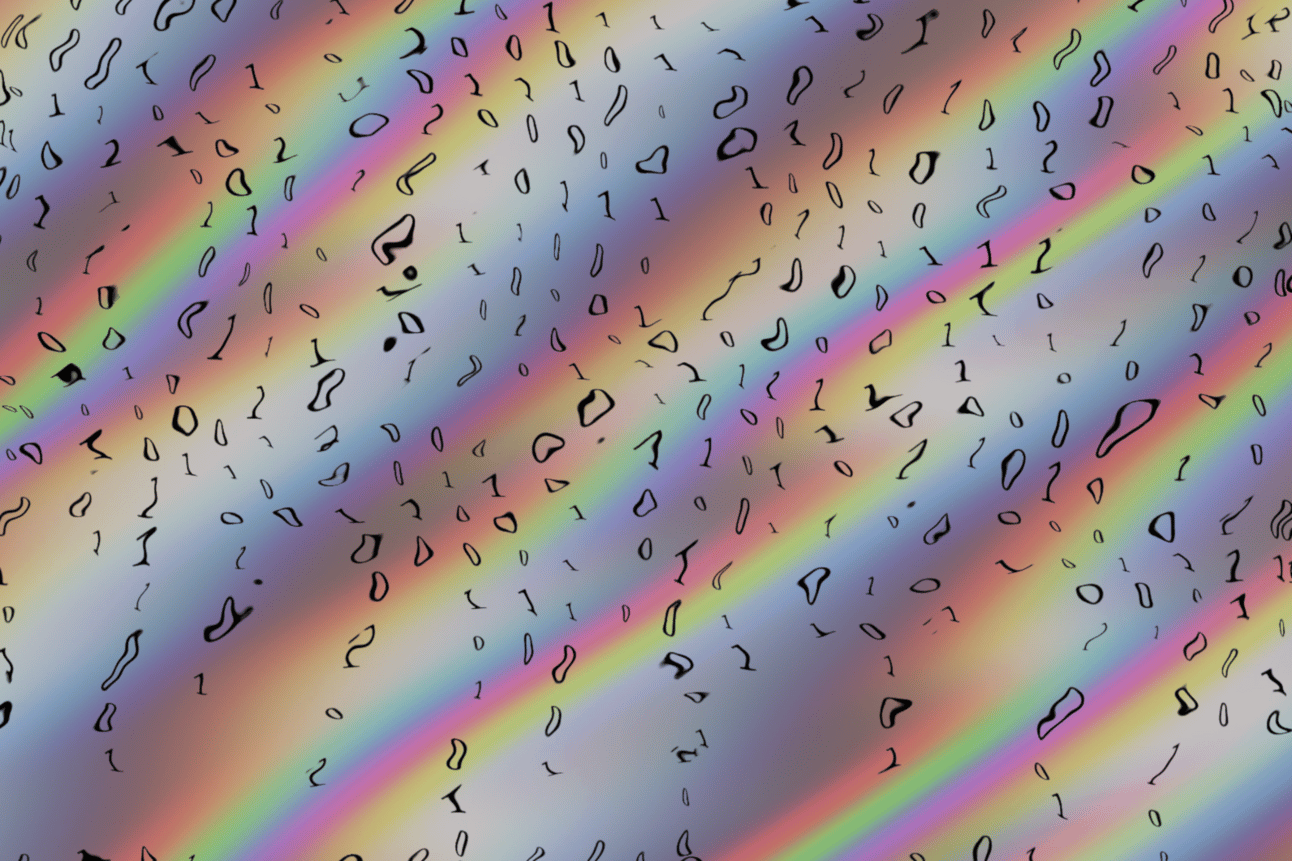- Magazine Dirt
- Posts
- Software branding
Software branding
It's a lifestyle—or is it?

Daisy Alioto on software and taste. Plus, some good links.
Coming back from an international trip last year, winding through lower Manhattan in the back of a taxi, I looked up and saw something truly abominable: a billboard emblazoned with the word “NEWPHORIA” and an iPhone 15 carefully positioned to show two breast-like lenses rather than the trypophobia-inducing three lenses of other models. I think I turned to my husband and said, “That’s the worst thing I’ve ever seen in my life.” It wasn’t the worst thing I’ve ever seen in my life. But it didn’t look new or euphoric. And it definitely didn’t look like the future.
“We're in the era of modern software companies as lifestyle brands,” proclaimed a recent tweet by a startup founder on my timeline. Examples listed include Arc, Superhuman, Notion and recent Dirt collaborator, Are.na. The list is far too eclectic to really illustrate the phenomenon described—Are.na, for instance, has only ever taken community investment. Notion raised over $300M in venture capital—I mean, how else would they pay for those subway ads that look like miscaptioned New Yorker cartoons?
But there is some truth to the idea that software companies have to be brands. “UX has become a fashion statement, and standout products have style,” the tweet continues. And it’s largely not coming from the old guard, except in the form of nostalgia, which manifests as $400 vintage Apple employee gear on ebay. “I like working in software because it's easy to differentiate myself with attention to craft. at the same time, people seem to tolerate and continue paying for bad software more than any other product,” tweets designer and engineer Justin Ouellette.
Nicholas De Leon, a senior reporter at Consumer Reports, puts it even more directly: “I feel like every time I open Chrome or Edge or Gmail or whatever there’s something new or different that’s completely pointless. How many person-hours were burned making the new Google sign in page?” Why do large companies ship bad or pointless software? Well, because they can afford to. For now.
The ones that can’t afford to will increasingly have to compete in what I am calling The Taste Economy, which includes most young tech startups. The Taste Economy is the idea that there are essentially only three business moats: proprietary technology, supply chain innovation and taste. “We’re at the point where we’re seeing the outcome of really cheap investment money so people could all make the same product,” says Cole Townsend, Head of Technology at Sole Retriever. “Now there are like 12 Slack competitors and the main difference is branding.”

PLAYBACK
Snippets of streaming news — and what we’re streaming.
“Talk To Me” by Two Shell & FKA twigs (YouTube)
We Buy Diabetic Test Strips by Armand Hammer (Spotify)
“I’m so confusing, he can’t tell if I’m in love or if I’m using/I just lost my eater damn, let’s get to recruiting.” Vivian Medithi reviews Flo Milli’s Fine Ho, Stay (Pitchfork)
An oral history of Pitchfork (Slate)

MIXTAPE
Good links from the Dirtyverse.
The film archives are NOT ok (Hollywood Reporter)
Yes, dating apps are getting worse, says Magdalene J. Taylor: “The collapse of dating apps’ usability can be blamed on the paid subscription model and the near-monopoly these apps have over the dating world.” (The New York Times)
New York painter and co-founder of O’Flaherty’s, Jamian Juliano-Villani, makes her Gagosian debut (Cultured)
“I heard someone say Simz! And I turned around and it was the rapper Little Simz.” Sophie Kemp goes to Miu Miu (Paris Review)
Loro Piana is using unpaid labor in Peru (Bloomberg)
“Many of the actual Irish — the ones who came over from Éire for this annual celebration of the shamrock diaspora — spent the afternoon trying to talk sense to Biden over his Gaza policies” St. Patrick’s Day in The White House (New York Magazine)

THE LIT CORNER
Fresh and clean.
Angel Food releases their first issue with a poem by yours truly (Angel Food)
Offal promises to be “daytime radio for the post-truth dystopia” (Offal)
There’s a new issue of The HTML Review